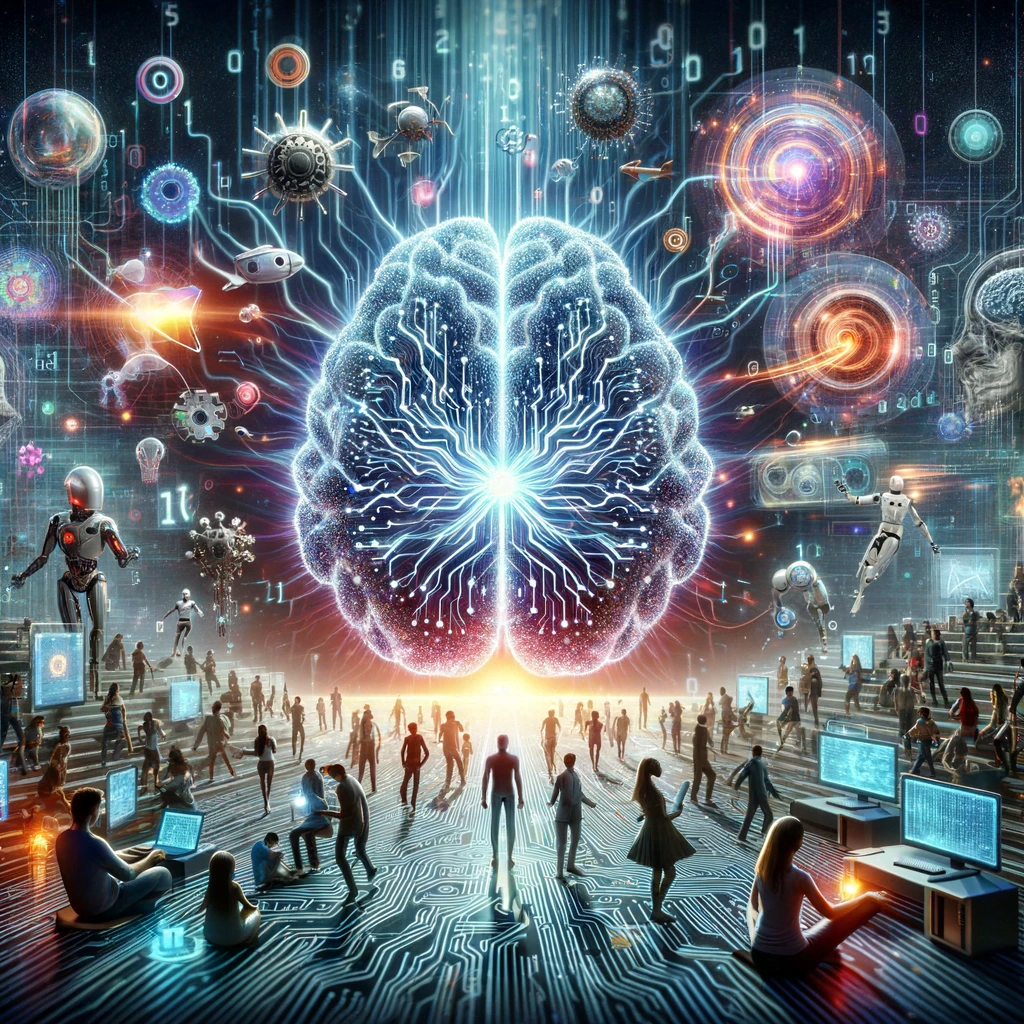Table Of Content
Generative AI and its associated acronyms like LLM (Large Language Models) and RAG (Retrieval-Augmented Generation) represent significant advancements in the field of artificial intelligence. Here’s a detailed explanation suitable for a blog post.
What is Artificial Intelligence (AI) ?
Artificial Intelligence is the simulation of human intelligence processes that are undertaken by computer systems . These processes include learning, reasoning, and self-correction . AI is defined as the ability of a computer to undertake tasks that would have otherwise required human intelligence . Under this definition, AI encompasses subfields such as machine learning, natural language processing , computer vision , robotics , and expert systems , among others. Of importance, AI systems can undertake tasks that require human intelligence such as recognizing patterns, understanding language, decision-making, solving problems, and many others. AI technologies have become numerous across multiple industries and fields, examples include virtual assistants and recommendation systems, to autonomous vehicles and diagnosis.
What is Generative AI?
Generative AI refers to a type of artificial intelligence that is capable of creating content, such as text, images, and music, that is similar to human-generated content. Unlike discriminative algorithms, which predict or classify data, generative algorithms can generate new data instances and patterns. This technology powers a variety of applications, from chatbots and content creation to drug discovery.

Generative AI
is a type of artificial intelligence
that uses ML to create new content
Large Language Models (LLM)
LLMs are a type of generative AI particularly focused on text generation. They are trained on vast datasets of textual information to understand and generate language in a way that is contextually and grammatically coherent. The most popular examples include GPT (Generative Pre-trained Transformer) from OpenAI (ChatGPT 3.5 and ChatGPT 4 Turbo), BERT (Bidirectional Encoder Representations from Transformers) by Google, T5 and GEMINI and from Google as well used in google bard. These models have various applications, including conversation agents, content creation, summarization, and more.
Retrieval-Augmented Generation (RAG)
Retrieval-Augmented Generation combines the best of both worlds from generative and retrieval systems. It enhances the response quality of a generative model by integrating external knowledge. When asked a question or given a prompt, RAG retrieves relevant documents or data and then uses this information to generate a more accurate and informed response. This method is particularly useful in scenarios where keeping up with current knowledge or detailed information is crucial, such as news updates or technical support.
Other Common Acronyms in Generative AI:
- GANs (Generative Adversarial Networks): A class of machine learning frameworks where two neural networks contest with each other to generate new data with the same statistics as the training set.
- VAEs (Variational Autoencoders): A type of network focused on encoding an input into a compressed representation and then reconstructing the input from this representation, often used for generating complex data like images.
- TTS (Text-to-Speech): Systems that convert written text into spoken words, typically using deep learning to generate speech that sounds like a human voice.

The Future of Generative AI
Generative AI is rapidly evolving, continually pushing the boundaries of what machines can create. Its potential extends across numerous fields, from automating creative tasks to solving complex analytical problems. As these technologies advance, they promise to transform industries, enhance productivity, and even raise ethical and societal questions about the nature of creativity and the future of work.
Understanding these acronyms and the technologies they represent is crucial for anyone interested in the current and future landscape of AI. As generative AI continues to grow, it’s expected to become even more integrated into our daily lives, changing the way we interact with technology and each other. Whether you’re a developer, a business owner, or just an AI enthusiast, keeping up with these developments is key to navigating the exciting world of artificial intelligence.

